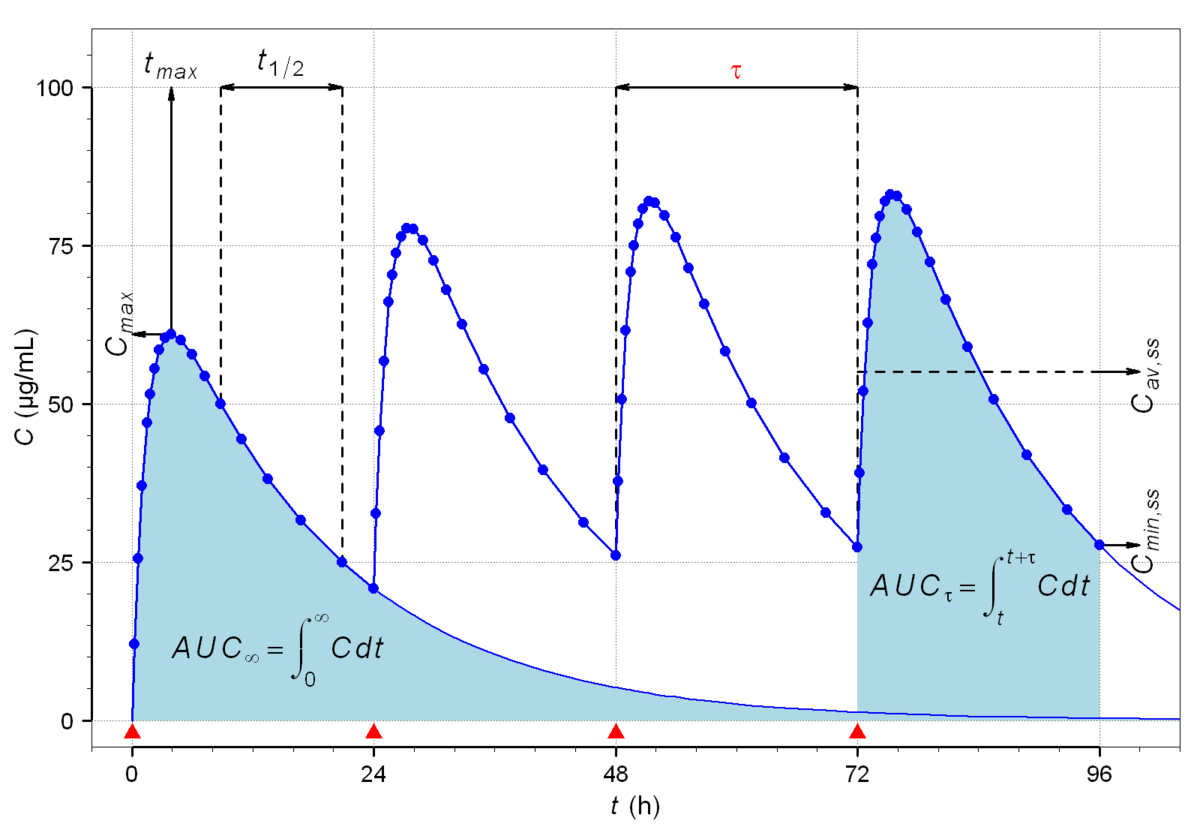Vegetables and Fruits

Summary
Vegetables and Fruits (V+F) are packed with healthy phytochemicals, fibre, and nutrients
These nutrients can improve health and physical performance
Start small and add a little more when you can
Try to add V+F to every meal and snack
Target 5, or ideally 7-10, servings of vegetables and fruit per day but servings are hard to estimate so just do your best
Activity: use the table below to pick your rainbow (select at least 1 food from each of the colours and make a list along with ways you can easily add them to your food).
RxFood Activity: you can also see you V+F intake in the app
Learn how to easily prepare these items and cut a basket of them at the beginning of the week.
Sample vegetable cutting tips here
Nature’s Medication
V+F contain phytochemicals, which protect the plants from infection. They may also protect humans:
Anthocyanins: found in red, blue and purple V+F and may help to protect the heart, reduce inflammation, prevent blood clots, and more
Carotenoids, found in dark yellow, orange, and dark green leafy vegetables may support eye health and reduce inflammation
Catechins, present in black grapes, apricots and strawberries
Carotenoids, produced in pumpkin, carrots and bell peppers
Flavonoids, found in green tea, onions, apples, kale, and beans and may help with cognitive health, reduce inflammation, and lower some cancer risk
Isoflavones: found in soybeans and their products
Indoles: found in broccoli, bok choy, cabbage, kale, Brussel sprouts, and turnips that may prevent various cancers
Polyphenols, produced by cloves, berries and dark chocolate
Lycopene is found primarily in tomato products. When cooked, it appears to reduce the risk for cancer and heart attacks.
Phenolics are found in citrus fruits, cereals, legumes, and oilseeds and may help with protecting against heart disease and tumors, and fighting inflammation.
When we eat V+F, we absorb the phytochemicals, but these substances are cleared from the body so we need to regular consume these (multiple times a day) to keep the benefits.
The graph below shows how if you eat F+V once it will increase in your blood but will be cleared (see the first curve on the left). But if you regularly consume a variety of F+V, you will build up a higher level (see curve with the blue dots and lines).
Fruits and Vegetables
| Color | Fruits | Vegetables |
|---|---|---|
| Red | Strawberries | Red Bell Peppers |
| Red | Raspberries | Tomatoes |
| Red | Red Apples | Red Grapes |
| Red | Cherries | Red Cabbage |
| Red | Watermelon | Red Onions |
| Orange | Oranges | Carrots |
| Orange | Apricots | Sweet Potatoes |
| Orange | Mangoes | Pumpkins |
| Orange | Cantaloupe | Orange Bell Peppers |
| Yellow | Bananas | Yellow Bell Peppers |
| Yellow | Pineapples | Yellow Squash |
| Yellow | Lemons | Yellow Tomatoes |
| Yellow | Yellow Apples | Corn |
| Yellow | Yellow Peaches | Yellow Beets |
| Green | Green Apples | Broccoli |
| Green | Kiwi | Kale |
| Green | Avocado | Brussels Sprouts |
| Green | Honeydew Melon | Green Bell Peppers |
| Green | Spinach | Lettuce |
| Purple | Blackberries | Eggplant |
| Purple | Plums | Purple Cabbage |
| Purple | Purple Grapes | Purple Potatoes |
| Purple | Purple Figs | Purple Cauliflower |
| Purple | Purple Asparagus | Purple Carrots |
| Blue | Blueberries | Blue Potatoes |
Selected Foods:
You can also look here for more information on vegetables and fruits.


